Magento is one of the biggest e-commerce platforms globally, which runs over 1.2% of the total websites present on the internet. In 2020, its total revenue was around $224 Billion. These stats are enough to highlight the power of Magento, but with such a large audience comes a much higher risk of data fraud.
The CVE (Common Vulnerabilities & Exposure) details regarding Magento show that XSS (Cross-Site Scripting) is the most significant threat to the platform, followed by code execution, SQL injection, and information gain. You must take utmost care in handling your e-commerce website against these Magento threats. We have deeply researched and come up with the ten best Magento security practices that you should adopt to boost your site’s security in Magento.
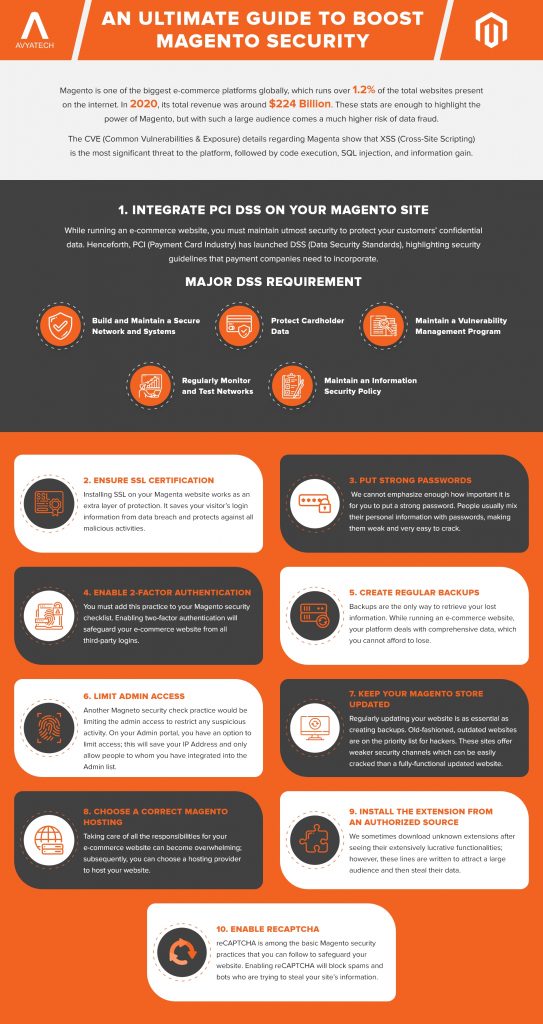
1. Integrate PCI DSS on your Magento site
While running an e-commerce website, you must maintain the utmost security to protect your customers’ confidential data. Henceforth, PCI (Payment Card Industry) has launched DSS (Data Security Standards), highlighting security guidelines that payment companies need to incorporate.
Many credit card institutions have already got their DSS verified, failing which hackers can easily redirect customers to a fraud payment gateway and steal their money. So, you need to comply with all the necessary security standards to avoid future complications.
Major DSS requirement
Build and Maintain a Secure Network and Systems
- Requirement 1: Install and maintain a firewall configuration to protect cardholder data
- Requirement 2: Do not use vendor-supplied defaults for system passwords and other security parameters
Protect Cardholder Data
- Requirement 3: Protect stored cardholder data
- Requirement 4: Encrypt transmission of cardholder data across open, public networks
Maintain a Vulnerability Management Program
- Requirement 5: Protect all systems against malware and regularly update antivirus software or programs
- Requirement 6: Develop and maintain secure systems and applications
Implement Strong Access Control Measures
- Requirement 7: Restrict access to cardholder data by business need to know
- Requirement 8: Identify and authenticate access to system components
- Requirement 9: Restrict physical access to cardholder data
Regularly Monitor and Test Networks
- Requirement 10: Track and monitor all access to network resources and cardholder data
- Requirement 11: Regularly test security systems and processes
Maintain an Information Security Policy
Requirement 12: Maintain a policy that addresses information security for all personnel
2. Ensure SSL certification
Installing SSL on your Magento website works as an extra layer of protection. It saves your visitor’s login information from data breach and protects against all malicious activities. This should be the utmost critical security practice to protect your Magento store.
Google has taken SSL integrations very seriously. It warns people every time they reach an open website with no SSL protection. In research, it was found that 85% of the visitors bounce back if they find an insecure website. As an e-commerce seller, you must incorporate the #https feature in your website to make it much safer.
3. Put strong passwords
We cannot emphasize enough how important it is for you to put a strong password. People usually mix their personal information with passwords, making them weak and very easy to crack. Hackers are looking for accounts that make such mistakes, and they get to run away with your hard-earned money easily.
53% of people will choose a password that can be easily remembered, and 32% will save it in their browser’s memory. If you want to secure your Magento website, it’s essential to form a complex passcode using the alphabet, numbers, and symbols. You can create passwords like alPH@295, or ghWE%$09, which are difficult to crack, hence save your e-commerce site from getting hacked.
4. Enable 2-Factor Authentication
You must add this practice to your Magento security checklist. Enabling two-factor authentication will safeguard your e-commerce website from all third-party logins. It is just another layer of security to confirm the person’s authority.
In two-factor authentication, the login process happens in two steps. In the first one, the user has to write the id and password to confirm the necessary login credentials. However, in the second step, the admin can integrate login through mobile OTP. So, the concerned person will have to enter the OTP received to finally access their account. It is the most basic security principle that you can adopt, which does not require any technical procedure.

5. Create regular backups
Backups are the only way to retrieve your lost information. While running an e-commerce website, your platform deals with comprehensive data, which you cannot afford to lose. You must create daily backups, or the maximum could be weekly. This will ensure that your data can be quickly revived from the point it got disturbed.
However, make sure that you do not create a backup on the same platform as your website. If any mishap happens, this backup will get lost data and all your efforts will go in vain. You must also create a backup of the backup to avoid the slightest complications.
6. Limit Admin access
Another Magento security best practice would be limiting the admin access to restrict any suspicious activity. On your Admin portal, you have an option to limit access; this will save your IP Address and only allow people to whom you have integrated into the Admin list.
This will block out any third-party entry and becomes a protective shield against the hacker. You can also manage the activity of every team member by offering role-based permission. These are minor steps that you can adopt to safeguard your e-commerce website diligently.
7. Keep your Magento store updated
Regularly updating your website is as essential as creating backups. Old-fashioned, outdated websites are on the priority list for hackers. These sites offer weaker security channels which can be easily cracked than a fully-functional updated website.
You must keep updating your website platform along with your PC and anti-virus protection. You don’t know how easy it is for a hacker to get into your e-commerce store without these security channels.
8. Choose a correct Magento hosting
Taking care of all the responsibilities for your e-commerce website can become overwhelming; subsequently, you can choose a hosting provider to host your website. But before you do that, make sure you have got enough information on the security and support they offer to a user.
You can also go for a managed hosting, where you get a dedicated host that will solve all your problems, and the platform will always be available in case of any emergencies. Another option could be to host your website on a cloud, which will accelerate your store’s loading time and is extremely secure.
9. Install the extension from an authorized source
We sometimes download unknown extensions after seeing their extensively lucrative functionalities; however, these lines are written to attract a large audience and then steal their data. Researchers have found that unknown extensions collect user data and sell it to third-party dealers.
You need to take extra care of the resources you download from the internet. Make sure to check if the website is legit or fake. You can download Magento security plugins through Magento Marketplace, where the platform has extensive plugins which are reliable and trustworthy.
10. Enable reCAPTCHA
reCAPTCHA is among the basic Magento security practices that you can follow to safeguard your website. Enabling reCAPTCHA will block spams and bots who are trying to steal your site’s information. This is something most of the platform follows and you must update it on your website as well.
Conclusion
Building an e-commerce website requires both time and hard work, which you don’t want to lose to a hacker. Therefore, you must adopt Magento’s best security practices to safeguard your website from any threat. You can also take help from established organizations like AvyaTech for Magento 2 eCommerce website development, which have a dedicated team to help you set extensive security standards that will act as a strong wall between your store and hacker.

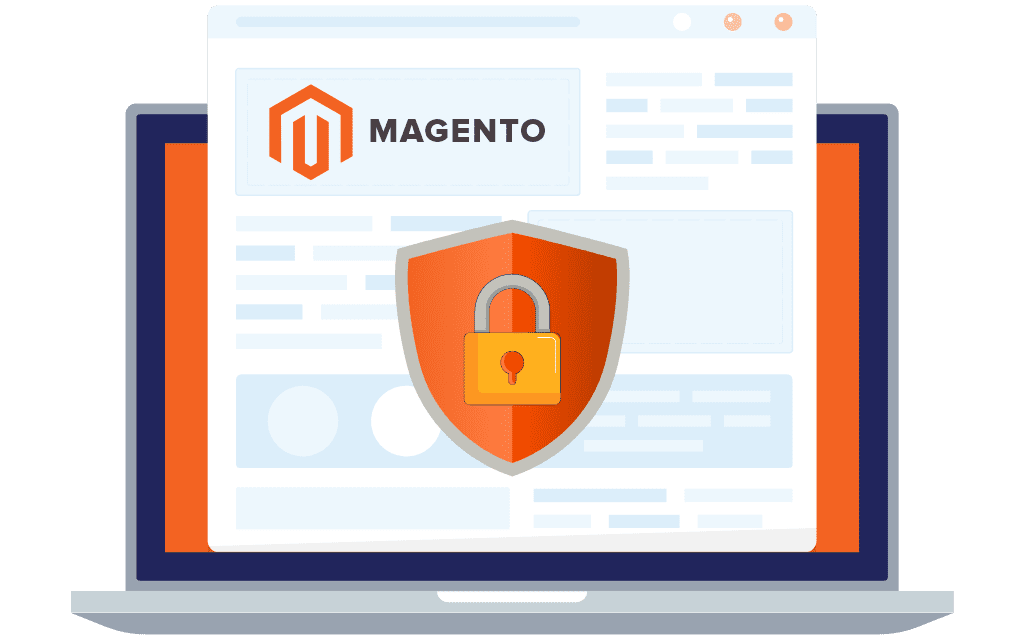

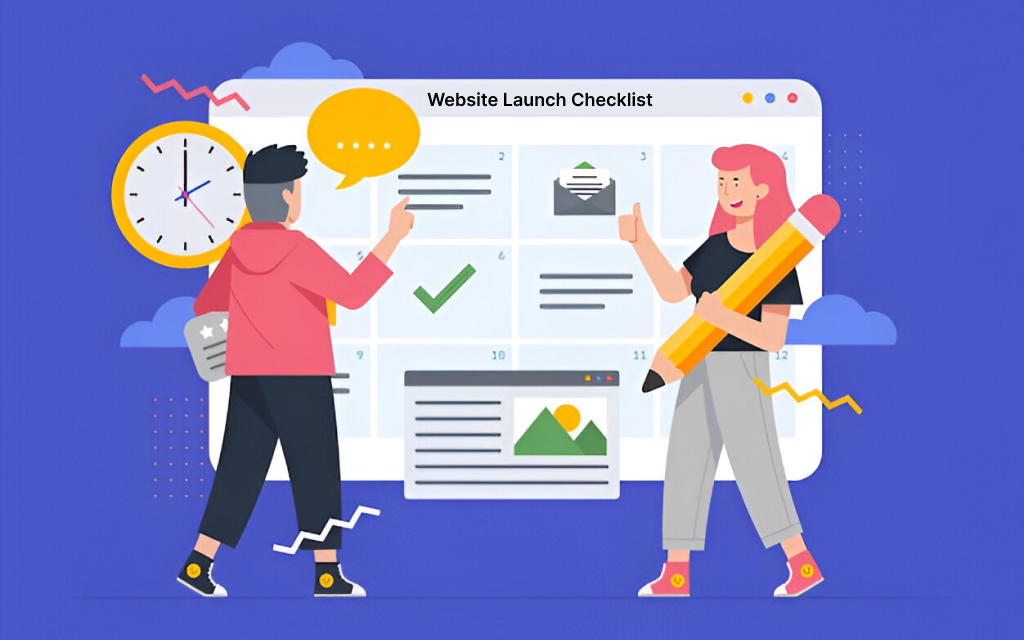
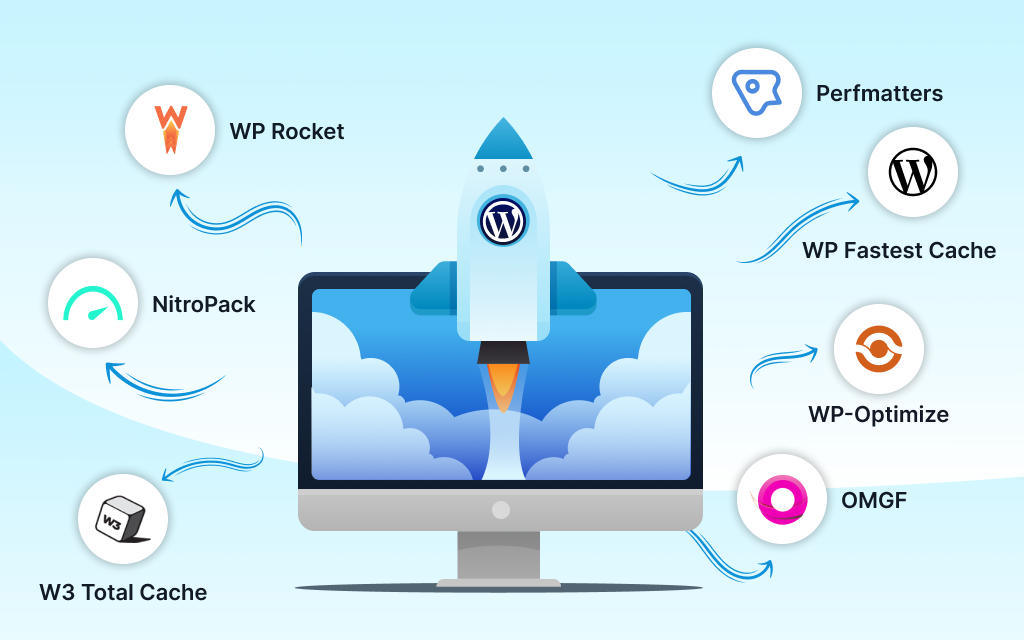
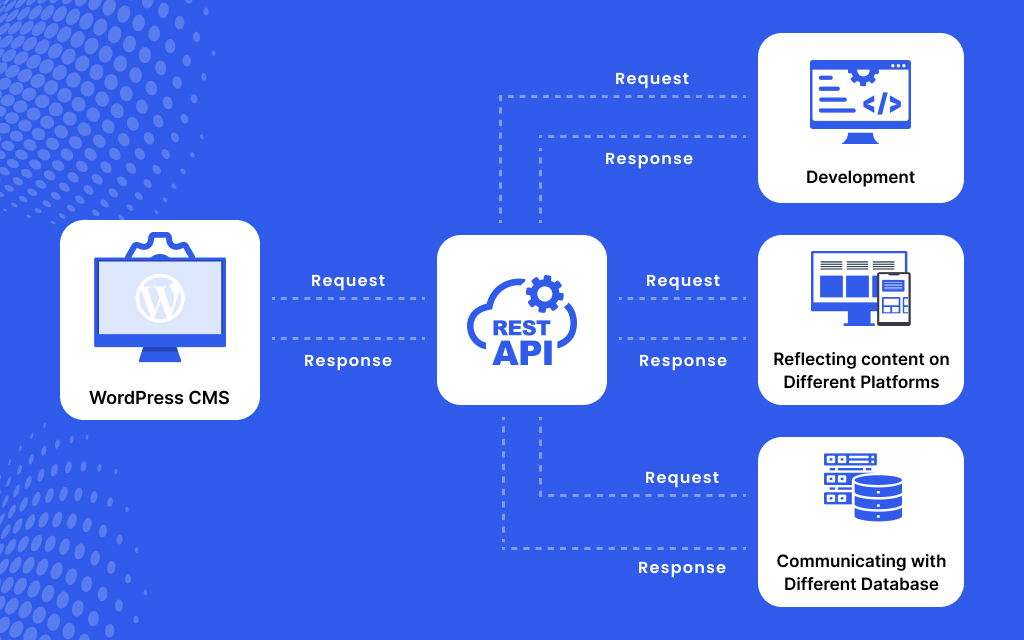
Leave a Reply